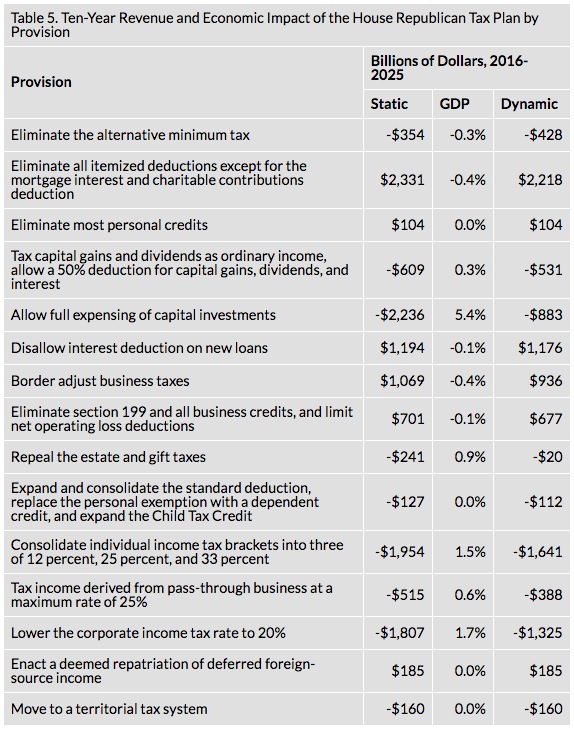Republican blogger John Tsitrian joins me in ridiculing Rep. Kristi Noem’s claim that her tax cut fantasies can produce 9.1% economic growth. Adding to the pile of experts saying such growth in an “advanced mature economy like ours” (Tsitrian’s words) “is way beyond reach,” Tsitrian cites his UC Berkeley-trained daughter Emily, who questions not only the target of 9.1% GDP growth but the imaginary pop gun Kristi Noem thinks can hit that target:
Emily notes that she “has yet to see a compelling example of where lowering taxes created that kind of growth.” Adds Emily, “the problem is that those kinds of models make incorrect assumptions about how people spend their tax savings. Businesses tend to favor stable, solvent governments with good infrastructure and educated labor pools, both of which require higher taxes to achieve” [John Tsitrian, “Kristi Noem Is Either out of Her League or out of Her Mind,” The Constant Commoner, 2016.10.27].
I have found the source of our Congresswoman’s remarkably exact 9.1% GDP growth target. In July, the Tax Foundation published an analysis of the House Republican tax reform plan that claims, “the plan would significantly reduce marginal tax rates and the cost of capital, which would lead to 9.1 percent higher GDP over the long term, 7.7 percent higher wages, and an additional 1.7 million full-time equivalent jobs.”

“Long-term” may be the key phrase in the Tax Foundation’s analysis that’s missing from Rep. Noem’s discussion. The Tax Foundation’s analysis projects economic and fiscal impacts over ten years. Making the economy 9.1% bigger ten years from now requires only a 0.87% boost each year.
Tax cuts can goose the economy, but short-term cuts are better than permanent cuts, and cutting taxes for low-income workers boosts consumer activity and GDP much more effectively than Noem’s plan to give the Trumps more tax breaks. As Emily Tsitrian says, we do more to foster long-term economic growth by maintaining a stable tax structure and investing in education and infrastructure than we do by transferring the common wealth back to the greedy hands at the top.
House wingnut tax reform didn’t happen to mention pink Unicorns, did it? I wonder why they left out the Unicorn? It would take 9.1 Unicorns to pull this mystifying fiscal fiasco off.
The KSOO piece says that if her tax reform package is enacted, “Noem believes the American economy would see a rate of growth around 9.1 percent.” Confusing that with overall growth over a ten-year span is even more compelling evidence of her cluelessness.
The U.S. economy grew at a nearly 3 percent pace in the third quarter of the year, a better-than-expected reading that dents Donald Trump’s case that growth has stalled out.
Read more: http://www.politico.com/story/2016/10/us-economy-2016-third-quarter-trump-230441#ixzz4OOJZSXZx
Follow us: @politico on Twitter | Politico on Facebook
Mr. Tsitrian points out something else here, he points out that politicos like NOem spew nonsense like this most of the time and do not get caught at it. For NOem to say this bullpuckey shows why she wants to go to Ways and Means and why those in power want that as well, she is so clueless that whatever cookie is laid in front of her, she will lap it up like the cream in a saucer.
John, I read and reread the KSOO description to make sure I hadn’t missed something about long-term growth rates. When we’re talking economics, if we don’t specify a timeframe, growth rates are annual, right?
Sure, Cory. Here’s Investopedia’s definition: “Growth rates refer to the percentage change of a specific variable within a specific time period, given a certain context. For investors, growth rates typically represent the compounded annualized rate of growth of a company’s revenues, earnings, dividends and even macro concepts such as GDP and the economy as a whole.” It’s pretty much understood that when, say, the quarterly figure is given, as it was today, it’s annualized. I don’t think this is parse-able.
And anyway, if she meant total growth of 9.1% over a decade, that makes her look dumber, if possible, because as you note that amounts to way less than 1% a year, compounded, which is awful and un-toutable in any context.
Know-nothing Nome.